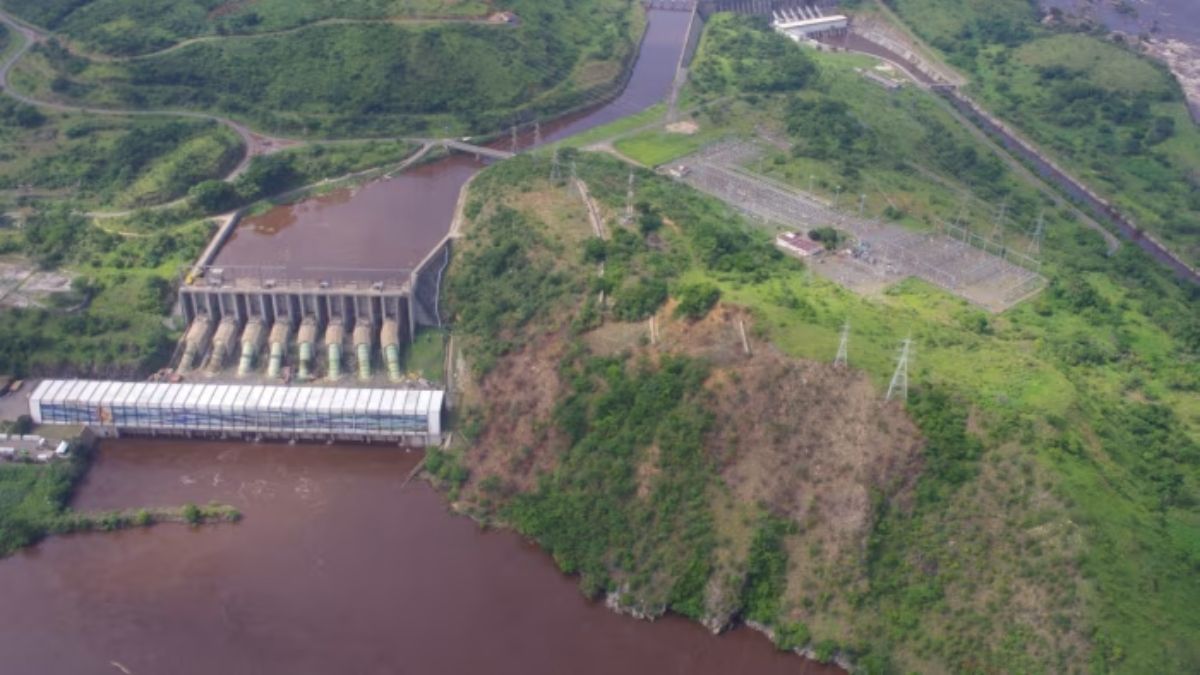Earlier this month, China pulled out of the Grand Inga Dam project in the Democratic Republic of Congo (DRC).
This is the second large-scale project that China has quit in recent years. For several months, it has been believed that China has quit the Funan Techo Canal project in Cambodia. While Cambodian leaders have said China would finance the project, China has not issued any statement regarding it.
China’s withdrawal from two projects comes at a time when Chinese economy is struggling, manufacturing is declining, and the country is wrapped in a trade war with the West. As there are signs of excitement around the Belt and Road Initiative (BRI) sobering up as well, the question is whether China has developed cold feet regarding the big projects that it has promised abroad.
China withdraws from big projects
The Grand Inga Dam would have been the largest dam project in the world. Its electricity-generation would have been twice of China’s Three Gorges Dam, which is currently the largest dam in the world.
Earliest this week, the BBC News reported that China has withdrawn from the project.
Even though the project was floated with ambitions, there were always concerns about the feasibility as it had a projected cost of $80 billion. As the DRC is among the poorest nations in the world, there were always questions how it would foot the bill. There were concerns that the DRC could end up being like Sri Lanka that fell into China’s debt trap and had to cede a port to China.
Even though officials have not commented on the matter publicly, there are signs that China may be replaced by World Bank in the project.
Late last year, just as China was withdrawing from the project, the World Bank announced it was engaged in talks with the DRC regarding the project. Previously, the World Bank had quit the project in 2016, paving the way for China to join later.
“I think it’s the first time that I feel more optimistic. I almost believe that we can get it done,” said Demetrios Papathanasiou, the Global Director of Energy and Extractives of World Bank, last year, according to BBC.
Impact Shorts
More ShortsSimilarly, China appears to have withdrawn from the Cambodia’s Funan Techo Canal project that would connect Mekong river to the Gulf of Thailand.
In August 2024, Cambodian premier Hun Manet said China would provide 49 per cent of funds to make Funan Techo Canal.
The canal is a big thing for Cambodia. The projected cost of $1.7 billion amounts to nearly 4 per cent of Cambodia’s gross domestic product (GDP). The canal is envisioned to reduce Cambodia’s dependence on neighbouring Vietnam for shipping.
Four people directly involved in the investment plans or briefed about them told Reuters late last year that China “has expressed misgivings about the project and has not made definitive commitments on its funding”.
Is China’s BRI losing steam?
At the same time, China’s BRI’s projects have also grown smaller in scale over the years.
In the initial years, China flaunted huge roadways, railways, and ports as part of the BRI, but the scale has fallen in recent years.
The BRI deal size fell from over $500 million in 2017 to less than $400 million in 2023, according to Nikkei Asia.
Writing for the newspaper, Christoph Nedopil noted that the downsizing of the BRI is partly the result of unsustainable debt that several countries accumulated.
Traditional debt financing based on sovereign guarantees is now becoming less relevant and lending and other funding commitments by Chinese policy banks for BRI projects fell from about $90 billion in 2016 to about $5 billion in 2021, noted Nedopil.
However, Nedopil noted that the downsizing was not necessarily a bad thing and it was part of an evolution where BRI projects were being made smaller and greener. He said that smaller projects carried advantages of faster implementation and lower risk.
Irrespective of advantages that downsizing may carry, the fact remains that a number of BRI projects have become white elephants. Even Nedopil admitted it.
“In the initial years, the BRI drew global attention due to the largesse of multibillion dollar projects in countries that had often struggled to receive funding from traditional Western-led financial institutions. China put in billions for railroads in Kenya and energy in Bangladesh and Pakistan, for example. But many of these projects ran into financial trouble,” noted Nedopil.
)